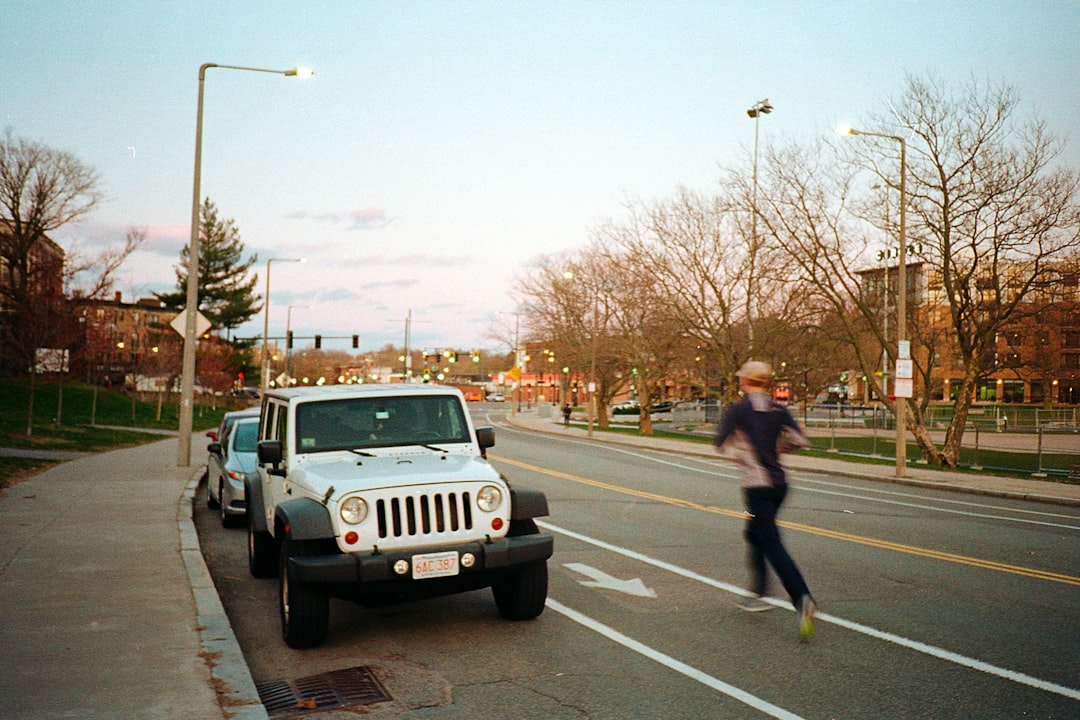Photography Lighting Facts You Can Apply into Your Skills
Facts about Lighting
If you’re a photographer, then lighting is important. But what does that mean? Let’s find out.
Lighting is basically the science of illuminating subjects in photographs. Think about it this way: if you were in a dark room and wanted to see an object, what would you do? Well, you would turn on the lights, of course! That’s the same thing that we photographers need to do: turn on our lights to illuminate subjects for the camera.
So let’s get practical. First off, what types of light do you have? For most professional photographers, studio lights are the most common. This is a light that is attached to a stand and usually placed above the subject’s head. Another type of light, known as flash, is also used by many photographers, but is used to add extra light in situations where natural light is not sufficient. In this … Read the rest

